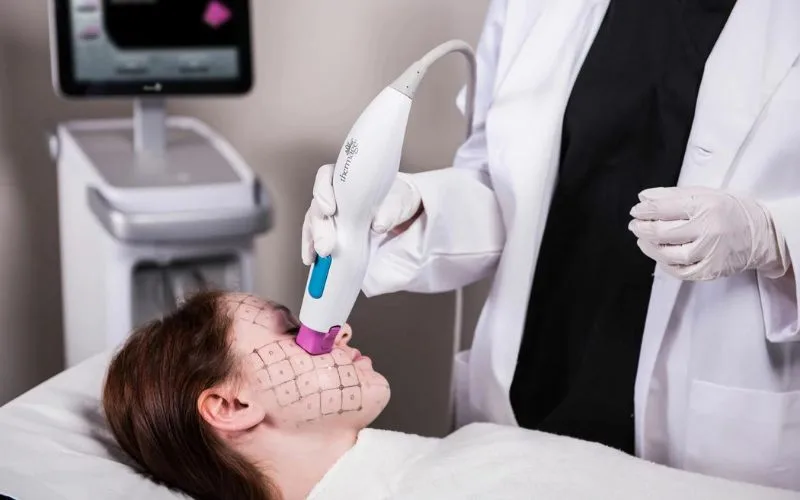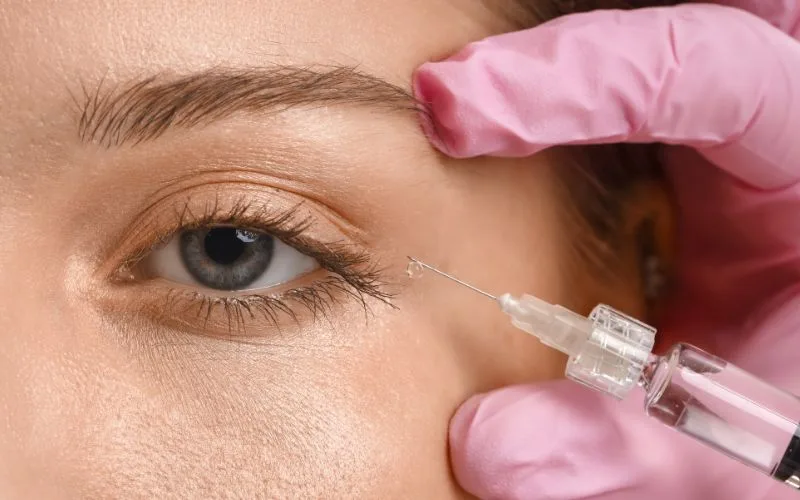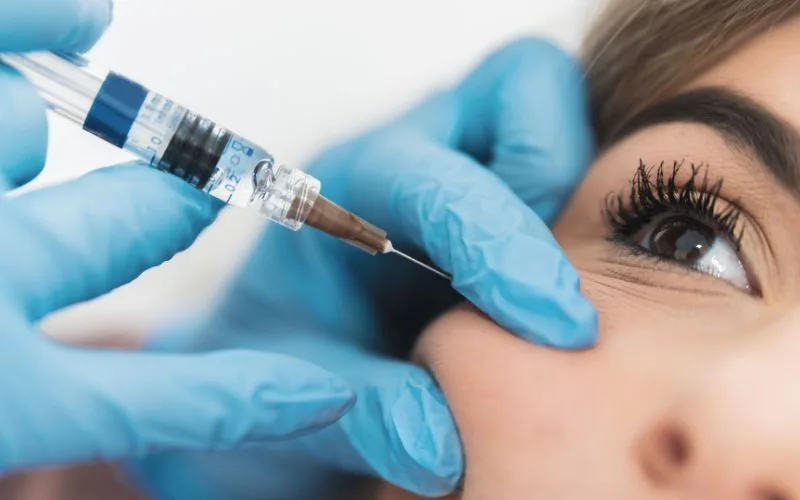Loss of skin elasticity is one of the most noticeable signs of aging, leading to sagging, crepey texture, and diminished facial contours. Understanding the available treatments for loss of elasticity can help individuals make informed decisions about restoring their skin’s youthful firmness and resilience.
Understanding Loss of Elasticity
Skin elasticity refers to the skin’s ability to stretch and return to its original shape. This property depends primarily on elastin fibers, which work alongside collagen to maintain skin structure. As we age, the production of elastin decreases significantly, and existing elastin fibers become fragmented and less functional. This process typically begins in our twenties and accelerates over time, resulting in skin that appears loose, saggy, and less responsive to facial expressions.
Several factors contribute to elastin depletion beyond natural aging. Sun exposure breaks down elastin fibers through photoaging, while lifestyle factors such as smoking, poor nutrition, and inadequate skincare accelerate the degradation process. Sudden weight loss can also overwhelm the skin’s elastic capacity, leaving it unable to contract properly.
Categories of Treatments for Loss of Elasticity
Modern aesthetic medicine offers various treatments for loss of elasticity, each working through different mechanisms to restore skin firmness and improve texture. These elasticity restoration procedures can be broadly categorized based on their approach and the severity of skin laxity they address.
Energy-Based Skin Tightening Solutions
Energy-based therapies utilize controlled heat or focused energy to stimulate the skin’s natural repair mechanisms. These non-invasive procedures trigger collagen and elastin production, leading to gradual improvement in skin tightness and texture.
Radiofrequency Treatments
Radiofrequency represents one of the most established treatments for loss of elasticity. Devices like Thermage and Oligio deliver controlled radiofrequency energy to the deeper layers of skin, heating tissues to temperatures that stimulate collagen remodeling. The heat causes immediate collagen contraction while triggering long-term collagen production. These skin firming treatments are particularly effective for mild to moderate skin laxity and work well on individuals with thinner facial features.
The radiofrequency energy penetrates through the skin’s surface without damaging it, reaching depths where elastin and collagen fibers reside. This targeted heating creates controlled injury that prompts the body’s healing response, resulting in new, more organized collagen and elastin formation over several months.
Ultrasound Technology
High-intensity focused ultrasound (HIFU) procedures like Ultherapy represent treatments for loss of elasticity that can reach deeper tissue layers. This technology delivers focused ultrasound energy to the superficial muscular aponeurotic system (SMAS), the same layer targeted during surgical facelifts. By heating this deeper layer, ultrasound therapies can achieve significant lifting and tightening effects.
These elasticity enhancement treatments are particularly beneficial for individuals with fuller facial features or more pronounced sagging. The ultrasound energy creates thermal coagulation points at precise depths, stimulating robust collagen production while leaving surrounding tissues unaffected.
Injectable Solutions for Skin Elasticity
Injectable therapies work by either replacing lost volume or stimulating the body’s own collagen and elastin production. These procedures can address both the underlying structural changes and surface manifestations of elasticity loss.
Collagen-Stimulating Injectables
Sculptra represents a unique category of treatments for loss of elasticity that works gradually over time. This poly-L-lactic acid-based injectable stimulates fibroblast activity, encouraging the production of new collagen throughout the treated areas. Rather than providing immediate volume, Sculptra creates a scaffold that supports long-term collagen growth, resulting in improved skin thickness and elastin production that can last two to three years.
Ellansé offers another approach among skin restoration treatments by combining immediate volume replacement with collagen stimulation. This calcium hydroxylapatite-based filler provides instant lifting while stimulating long-term collagen production. The dual-action mechanism makes it particularly effective for comprehensive facial rejuvenation where both volume loss and reduced skin elasticity are concerns.
Combination Elasticity Restoration Approaches
Many practitioners now recommend combination strategies as the most effective treatments for loss of elasticity. These comprehensive approaches address multiple aspects of skin aging simultaneously, often producing superior results compared to single-modality therapies.
Microneedling with Radiofrequency
Procedures like Morpheus8 and Secret RF combine controlled micro-injury with radiofrequency heating, creating powerful treatments for loss of elasticity. The microneedles create channels in the skin while delivering radiofrequency energy directly to the dermis. This combination stimulates both the wound healing response and thermal collagen remodeling, resulting in improved skin texture, reduced fine lines, and enhanced firmness.
These fractional skin rejuvenation treatments can be customized to different depths and energy levels, allowing practitioners to tailor the procedure to specific areas of concern and individual skin conditions.
Multi-Modal Approaches
The most comprehensive treatments for loss of elasticity often combine energy-based devices with injectable procedures. For example, using Sculptra to address volume loss while employing Thermage for surface tightening can create synergistic effects that address both the structural and textural aspects of diminished skin elasticity.
Selecting Appropriate Elasticity Treatment Options
Choosing the right treatments for loss of elasticity requires careful assessment of individual factors including the degree of skin laxity, skin type, facial anatomy, and personal preferences. Mild elasticity loss may respond well to single-modality energy-based therapies, while more significant changes might require combination approaches or multiple treatment sessions.
The timeline for results varies among different skin tightening procedures. Energy-based treatments typically show initial improvements within weeks, with continued enhancement over several months. Injectable therapies may show immediate volume effects but require time for collagen stimulation benefits to become apparent.
Treatment Expectations and Maintenance
Understanding realistic expectations is crucial when considering treatments for loss of elasticity. Most non-invasive procedures provide gradual improvement rather than dramatic transformation. Results typically last 12-24 months for energy-based therapies, while collagen-stimulating injectables may provide benefits for up to three years.
Maintenance plays an important role in sustaining results from elasticity restoration treatments. Regular touch-up sessions, proper skincare, sun protection, and healthy lifestyle choices can extend treatment benefits and slow further elastin degradation.
Conclusion
Treatments for loss of elasticity have evolved significantly, offering effective solutions for individuals experiencing skin sagging and textural changes. From energy-based devices that stimulate natural collagen production to injectable procedures that provide both immediate and long-term benefits, multiple options exist to address varying degrees of skin laxity.
The key to successful treatment lies in proper assessment, realistic expectations, and often, a combination approach that addresses the multiple factors contributing to elasticity loss. By understanding the available treatments for loss of elasticity and working with qualified practitioners, individuals can develop comprehensive strategies to restore skin firmness and maintain a more youthful appearance over time.




